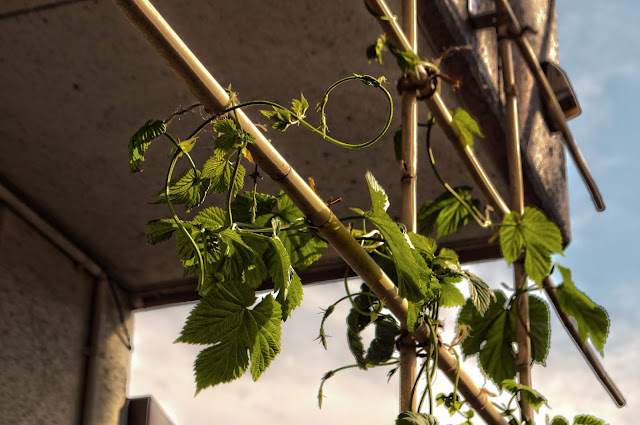If there is anything one can say with certainty regarding
the Japanese people, it is that they do things with dedication.
Of all of the cultures I have experienced
(however much or little), the Japanese culture-as a whole-wins gold for
dedication to hard work.
The Japanese people are known to be hard workers.
And although I say that they win gold for their
work ethic, this can be-and frequently is-taken too far.
The life of the “salary-man” is far too
ubiquitous in Japan and is debatably a partial cause for the
high suicide rate with which Japan struggles.
Although this sometimes decidedly unhealthy dedication to
work is so engrained into the Japanese way of life, this does not mean that
they don’t know how to play. Some of the
most intense parties to which I have been are the end of the year parties with
my husband’s coworkers. These people really know how to party. They will drink you under the table and come
back for more. On weeknights.
Yikes. That is all I
have to say about that.
The archipelago we call Japan is ostensibly one huge
mountain range that
rose volcanically from the ocean thousands of years
ago.
Several live volcanoes still can be
found all over the islands-including (according to many sources, including
National Geographic) the great natural icon of Japan-Mount
Fuji.
Arguably the best product resulting from the volcanoes are the
hot springs located all over Japan.
In
our town of Ogawa Machi, we have a locally famous hot spring called
Kawara noYu.
 |
| Entrance to Kawara no Yu |
Not so many years ago, the building that now houses the
onsen was a roof tile factory.
The son
who inherited the factory decided to change the business and drill through the
bed rock under Ogawa in search of hot spring water.
After investing everything and failing the
first few drills, he struck gold in the form of hot water.
A very successful and popular onsen, they now
have multiple locations in Saitama.
One of the reasons this onsen is so popular is because of
the feel of the water.
Some onsens have
a high level of sulfur in the water and besides not smelling so great, can
cause your skin to itch.
(I experienced
this at the very popular hot spring resort called
Kusatsu in Gunma
prefecture.)
Kawara no Yu’s water feels
very silky on your skin in the best possible way.
There is something about the mineral content
of the water that does not dry out your skin-it feels wonderful.
For the full experience at Karawa no Yu, you should also
spend some time in the hot stone spa-the
ganbanyoku.
A dimly lit room with soft music and relaxing
scents, you receive a wooden head rest and a towel when you enter.
After you have found a location, you lay down
on stone floor.
The entire room is
heated.
The heat from the hot stones
seeps into your bones and feels amazing-especially during winter.
The hot springs themselves are separated by gender-this is
because the Japanese way to experience onsen is in the nude. However, many people do carry small modesty
towels with them between the shower, sauna, and all of the hot spring
pools. After showering, you can either
go outside to the assortment of pools which vary in depth and temperature, or
stay inside and enjoy the one indoor spring, the sauna, and the cold pool. Everyone I know usually switches between all
of them.
Kawara no Yu also boasts massage and aroma therapy services,
two restaurants and bars, private rooms available for renting, and a big tatami
room for reading and taking naps.
Although entrance to this onsen is a bit on the expensive
side, everyone we know who has been there agrees that it is worth it. If you are a resident of Ogawa and would like
to frequent this onsen, I recommend becoming a member of the affiliated gym
across the street-Kawara Sports-where along with your membership you receive
two free tickets per month to Kawara no Yu.
The tickets only allow one item with entrance-towel set, hot rock room
outfit, or yukata (a casual kimono for wearing while dining or relaxing outside
of the onsen itself)-we usual bring our own towels and ask for the outfit for
the ganbanyoku room.
Located a short walk from the station, Karawa no Yu is also
a great destination for a anyone day tripping to Ogawa Machi.
Opening hours: Open
from ten am until midnight. I
believe they are open 364 days a year.
If you are planning on going there during a
holiday-especially one that falls on a weekend-be prepared to wait a long time
for entrance. I find that the best times
to go for the least amount of people are in the evening during the week.
Here is a map from Ogawa Machi station to the Kawara no Yu entrace. I am sorry you have to zoom in to see it...I am still an html novice and could not figure out how to correct this just now.































